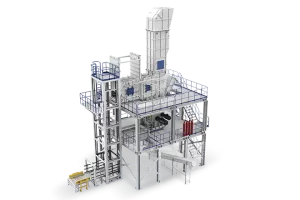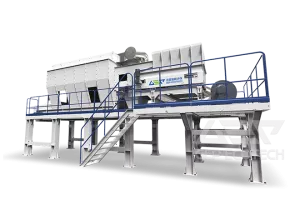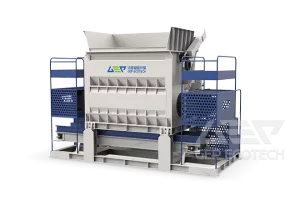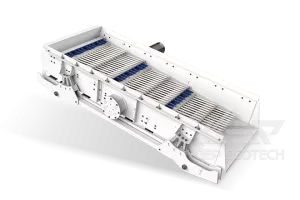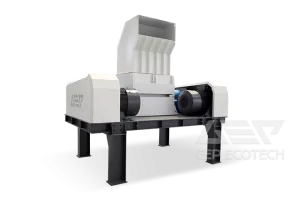Recently, the Ministry of Agriculture and Rural Affairs issued the "Notice on Comprehensively Compiling the Comprehensive Utilization of Straw" (hereinafter referred to as the "Notice"), requiring all provinces to strengthen the promotion of the whole county, determine the utilization method of straw according to local conditions, and promote the comprehensive utilization rate of straw in the county to reach over 90% or 5 percentage points higher than the previous year.
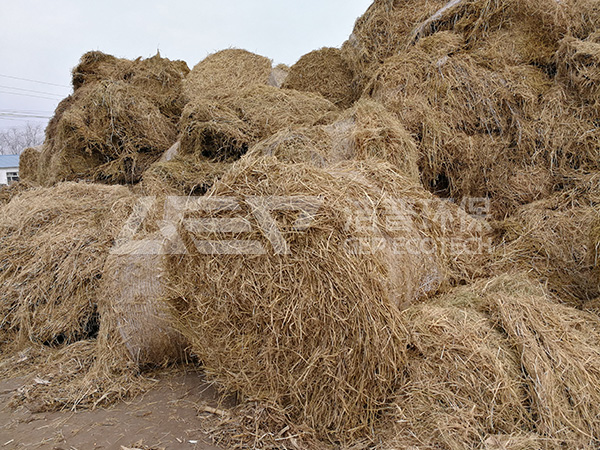
The straw resources are very rich, and the comprehensive utilization of straw is an important export to solve the straw problem, and it is also an effective way to improve the soil organic matter content and promote the increase of grain production and income. At present, the comprehensive utilization of crop straws is under great pressure and arduous tasks, and there are still large gaps in conversion and utilization. Despite the adoption of the “five-chemical” approach, the comprehensive utilization of straw has achieved certain results, and the utilization rate has reached more than 70%, but there are still tens of billions of tons that cannot be effectively treated. Biomass cogeneration can produce electricity and heat at the same time, using crop straw, forest waste, garbage, etc. It is a typical resource comprehensive utilization and circular economy development model.
The development of biomass cogeneration is not only an effective solution for crop straw, but also an important way to build a stable, economic, clean and safe energy supply system and break through the constraints of economic and social development resources and environment. As an important way of clean heating, agricultural and forestry biomass cogeneration is to provide clean heating for urban and rural areas, clean industrial steam for industrial parks and enterprises, and replace coal-fired boilers and loose coal utilization in a wider scope. Cogeneration will promote The biomass thermoelectric industry has entered a higher-speed development channel.
Biomass cogeneration is based on crop straw and forest waste, and is simply pretreated and then transported to a biomass power generation boiler. After full combustion, steam is generated to drive the turbine generator to generate electricity, and the end stage extraction is fully utilized. Energy efficient use of low vacuum circulating water heating. The ash produced by combustion can be processed into potash and returned to the field. This process transforms the original open-loop industrial chain of agricultural production into a recyclable closed-loop industrial chain, which is a typical resource comprehensive utilization and circular economy development model.
Since the biomass straws such as rice, wheat, and corn stalks are extremely flexible, the particle size of the fuel does not meet the utilization requirements, so it needs to be crushed before being burned into the furnace for power generation. The pulverization of biomass is an important part of the biomass cogeneration project. Jiepu intelligent environmental protection is improved and researched and developed according to the actual situation in China, and a biomass dual-axis shredder with more mature technology and more advanced design has been introduced. The device has a compact and compact structure, which improves the efficiency of crop straw crushing and effectively avoids material entanglement and clogging. The crop straws flow from the feed inlet into the conveyor belt, and are pulverized by the Jiepu biaxial shear crusher and then burned into the furnace. The chemical energy is converted into heat energy, and the heat energy is converted into kinetic energy, which generates steam to drive the steam turbine to produce electricity and send it into the power grid. “These biomass fuels have high calorific value and are smokeless and odorless when burned in biomass boilers, clean and environmentally friendly.
Biomass cogeneration is not a small thermal power in the traditional sense. As an important area of the biomass energy industry, the development of biomass cogeneration is actually an important measure to increase energy supply, protect the ecological environment, and serve the “three rural issues”. Biomass energy cogeneration function: Firstly, it is reasonable and effective to treat agricultural and forestry waste, reduce environmental pollution and improve the ecological environment; at the same time, use the heat generated by direct combustion of waste to generate electricity for heat generation. The development of biomass renewable energy utilization can effectively save fossil fuels, improve energy structure and reduce pollutant emissions.
Compared with other energy sources, biomass is the only energy resource that can provide gas, liquid and solid fuels with wide distribution, cleanliness and reproducibility. Therefore, the development of biomass energy cogeneration is a preferred project for the benefit of the country and the people, energy conservation and emission reduction, and precision poverty alleviation.
In addition to relying on biomass cogeneration projects to achieve comprehensive utilization of straw, straw smashing is used as a fungus base material, and straw briquettes are directly used as living fuels, etc., from the long-term perspective of protecting the ecological environment and sustainable development. Starting from the "export" to solve the straw lands, the comprehensive utilization of crop stalks is an important livelihood project for the construction of the beautiful Kedong, which makes the abandoned crop stalks become available resources, which not only greatly solves the problem caused by straw burning. The problem of environmental pollution has also extended the agricultural industrial chain of the county, which has driven the development of straw acquisition, processing and transportation.


